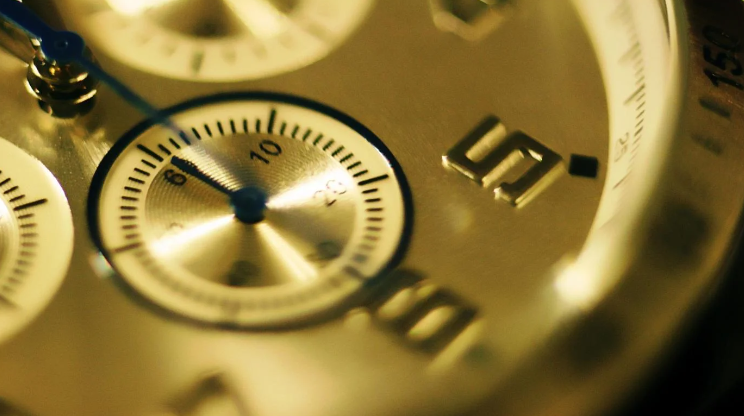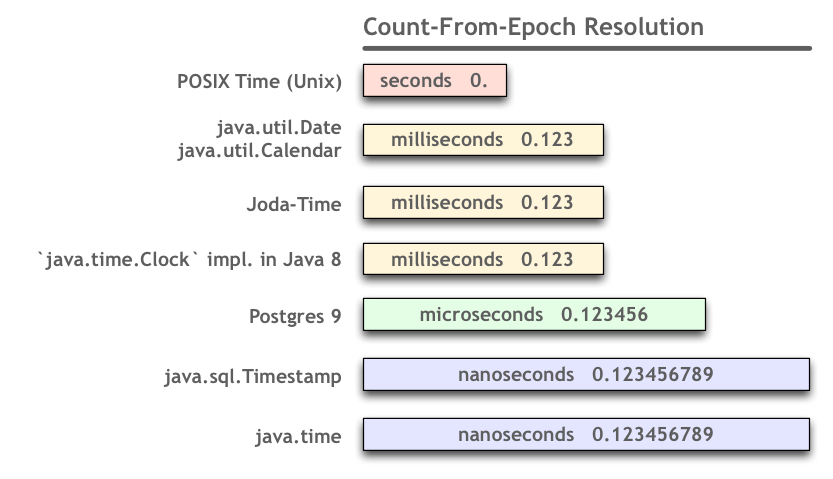Beyond the Nanosecond: Exploring Faster Units of Time
In the world of technology and computing, speed and efficiency are highly valued. When it comes to measuring time intervals, the nanosecond is one of the smallest units commonly used. However, there are faster units of time that exist, capable of measuring incredibly short durations. In this article, we will delve into these units of time that surpass the nanosecond, exploring their significance and applications in various fields.

What is faster than a nanosecond?
1. The Nanosecond: An Introduction
a. Understanding the Nanosecond: A nanosecond is one billionth of a second, or 1/1,000,000,000th of a second. It is often used to measure extremely fast processes, such as the speed of electronic circuits and computer operations.
b. Applications of the Nanosecond: The nanosecond is crucial in fields like telecommunications, computing, and scientific research, where precise timing is essential.
2. The Picosecond: One Trillionth of a Second
a. Introduction to the Picosecond: A picosecond is even smaller than a nanosecond, measuring one trillionth (10^-12) of a second. It represents an incredibly short unit of time that is difficult to comprehend in everyday life.
b. Ultrafast Phenomena: The picosecond is often used to measure ultrafast phenomena, such as chemical reactions, laser pulses, and electronic processes. It enables researchers to study events that occur at the atomic and molecular level.
3. The Femtosecond: One Quadrillionth of a Second
a. The Femtosecond: The femtosecond is an even smaller unit of time, measuring one quadrillionth (10^-15) of a second. It is a femtosecond that divides a picosecond into smaller intervals.
b. Applications in Science and Technology: Femtosecond lasers are widely used in scientific research, particularly in the field of ultrafast optics. They enable researchers to study phenomena such as molecular dynamics, chemical reactions, and even the behavior of electrons.
4. The Attosecond: One Quintillionth of a Second
a. Introduction to the Attosecond: An attosecond is an incredibly brief unit of time, measuring one quintillionth (10^-18) of a second. It represents the fastest durations that can be measured by current technology.
b. Extreme Time Resolution: Attosecond technology allows scientists to observe and manipulate processes that occur on the timescale of electron movements within atoms. This field of research, known as attosecond science, has profound implications for understanding fundamental physical processes.

Current time in microseconds in Java
While the nanosecond is widely recognized as a small unit of time, there are even faster units that surpass its scale. The picosecond, femtosecond, and attosecond represent progressively smaller intervals, enabling researchers to study and manipulate ultrafast phenomena at the atomic and molecular level.
These faster units of time have applications in various fields, including telecommunications, scientific research, and technology development. The ability to measure and understand processes that occur on such incredibly short timescales opens up new avenues for innovation and discovery.
As technology continues to advance, it is possible that even smaller units of time may be explored, providing us with an even deeper understanding of the fundamental workings of the universe. So, as we appreciate the speed and precision of the nanosecond, let us also marvel at the incredible world that exists beyond it, in the realm of the picosecond, femtosecond, and attosecond.